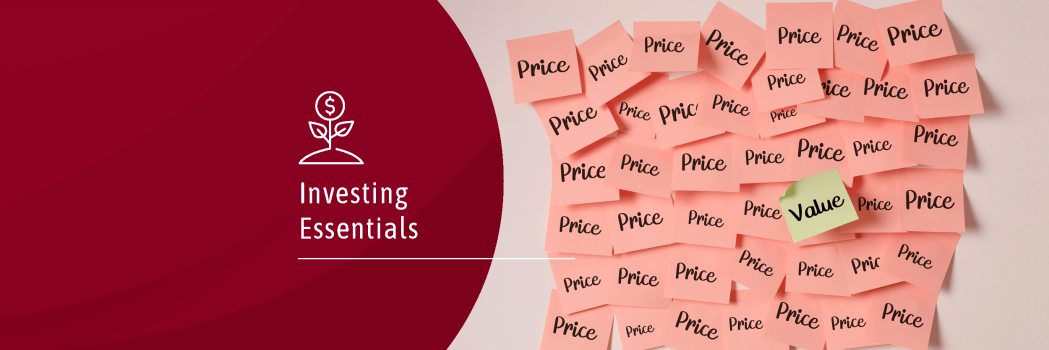While understanding the price of an investment is relatively straightforward, measuring value is more difficult.
Everyone has a different view of what represents value. Some people are more thrifty and therefore focused on achieving a lower price point. Others are happy to pay more if they believe they’ll get better quality.
Value can sometimes be hard to quantify, but when it comes to investing, fees are a good place to start. It’s pretty easy to work out if an investor in one fund has obtained a greater return than an investor in a similar product with a different fee. This can give a good comparison of the price paid, provided the calculation is done after the suggested investment time frame.
To effectively decide whether a fund presents good value or not, you need to understand the different types of fees in a fund.
Annual management fee – this should be clear-cut and is easy to compare between two funds.
Management expense ratio (MER) – this represents the management fee plus other fund expenses (such as audit costs). Again, it’s usually straightforward to compare the MER of two funds.
Performance fee – this, however, can be more complex. Performance fees rarely encompass the same information and can be structured differently from fund to fund, making them more difficult to compare.
To help understand the interplay between different types of fees, the indirect cost ratio (ICR) can be useful. This represents the overall cost of a fund at a particular point in time, including the MER and any related performance fee that has been paid during a financial year.
The ICR, however, is backwards-looking. It’s usually calculated after the end of the financial year, and looks solely at that past financial year. While it’s a decent indicator, and certainly a good way to compare two different funds, investors should understand that it doesn’t represent what they will pay for the year ahead.
Investors should particularly take into account the performance of the relevant fund during that 12-month period. The ICR may look high, but were returns also strong? Don’t dismiss a fund from consideration simply because of a high ICR, without also taking into account what performance has been like – that is, making a comparison on price and not a comparison on the value that has been delivered.
This also relates to the ‘active versus passive’ management debate. Passive funds often have lower fees on face value. Then again, the levers available to an active manager give them more flexibility in adjusting their exposure to the stocks they hold to take advantage of economic themes in the current environment.
For many investors, it may be the case that a combination of both approaches will serve them best, both in terms of price and value. The important thing is understanding the different fees being paid, what those fees are paying for, and why and when the merits of one approach over the other can be most beneficial.
But in the end, the decision to invest in anything should be made by considering more than just the cost.
The content contained in this article represents the opinions of the author/s. The author/s may hold either long or short positions in securities of various companies discussed in the article. This commentary in no way constitutes a solicitation of business or investment advice. It is intended solely as an avenue for the author/s to express their personal views on investing and for the entertainment of the reader.
